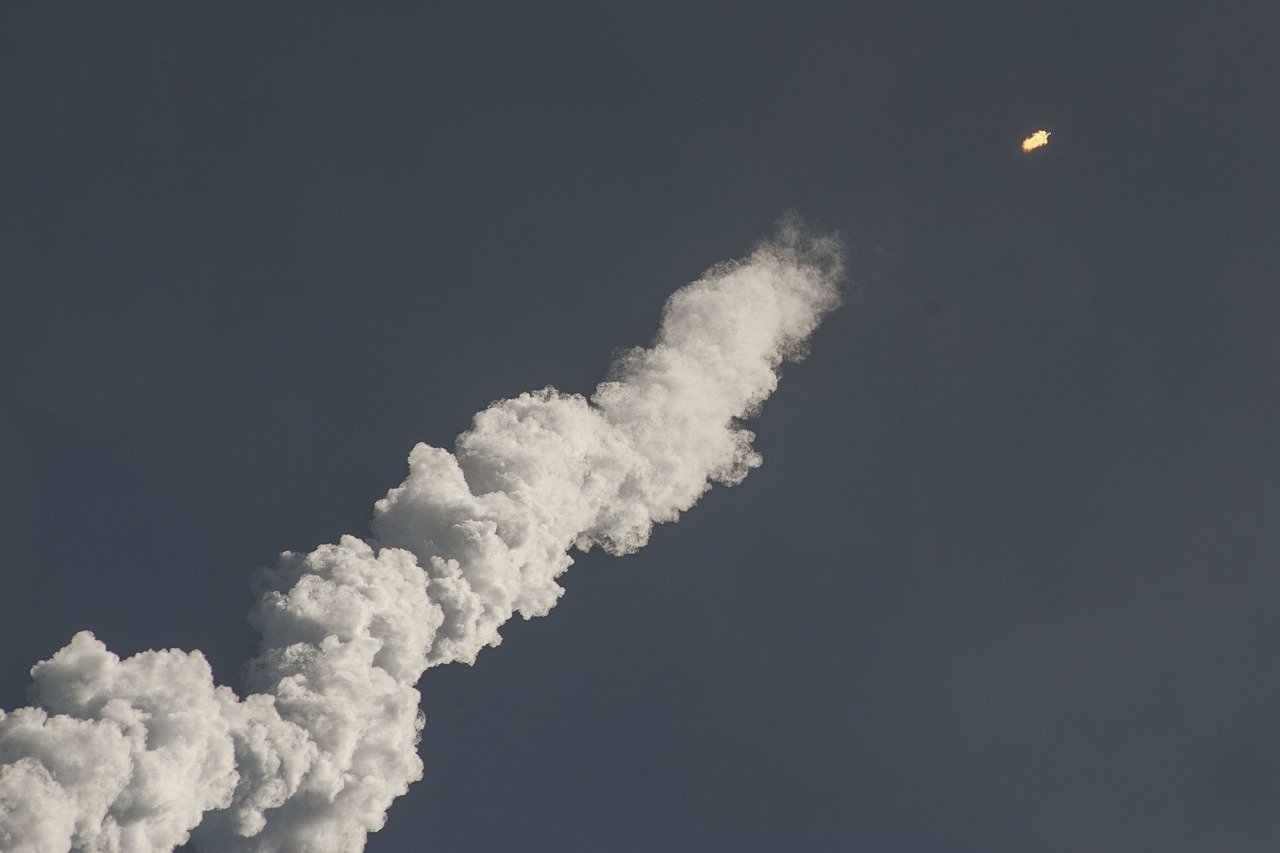Pralay Missile, In a strategic move aimed at strengthening its military capabilities along the Line of Actual Control (LAC) with China and the Line of Control (LoC) with Pakistan, the Indian Defence Ministry has given the green light for the procurement and deployment of a regiment of ‘Pralay’ ballistic missiles for the Indian Army.
This significant development underscores India’s commitment to fortify its defensive posture and enhance its tactical options in the region.
The ‘Pralay’ ballistic missile is a formidable addition to India’s arsenal, designed to strike targets in a range of 150-500 kilometers.
The approval of this acquisition follows a similar decision for the Indian Air Force, reflecting the government’s determination to bolster the nation’s defense capabilities across multiple domains.
The decision to introduce these missiles into the Indian Army’s weaponry is particularly notable for its tacit acknowledgment that ballistic missiles can play a pivotal role in tactical operations.
Both China and Pakistan already possess such missiles, which are instrumental in enhancing their military capabilities. The ‘Pralay’ missile system, developed by the Defence Research and Development Organisation (DRDO), represents a leap forward in India’s defense capabilities.
The ‘Pralay’ missile is characterized as a quasi-ballistic surface-to-surface missile. What sets it apart is its ability to change its trajectory mid-flight, making it a challenging target for interceptor missiles. A solid propellant rocket motor powers the missile and incorporates cutting-edge technologies in its guidance system, including advanced navigation and integrated avionics.
The journey of the ‘Pralay’ missile began in 2015, with its development gaining impetus under the leadership of the late General Bipin Rawat during his tenure as Chief of Army Staff. In a series of successful tests, the missile proved its operational effectiveness, marking a significant milestone in India’s pursuit of advanced military capabilities.
Also Read | India Showcases ‘Incredible India’ at WTM London 2023 |
The recent test of the Pralay tactical ballistic missile off the coast of Odisha on November 7 was a resounding success. The missile achieved its maximum range of approximately 500 kilometers, showcasing its operational readiness and adherence to predetermined parameters. This accomplishment reaffirms the reliability and efficacy of the ‘Pralay’ missile.
Key Details about the Pralay Missile
- Development: The Pralay missile, which stands for “Pralaya: Apocalypse,” is a rasterized tactical, surface-to-surface, short-range ballistic missile developed by the Defence Research and Development Organisation (DRDO). It incorporates technologies from India’s Ballistic Missile Defence Programme, particularly the exoatmospheric interceptor missile Prithvi Defence Vehicle (PDV) and the Prahaar tactical missile.
- Budget: The project to develop the Pralay missile received a budget of ₹332.88 crore, indicating the government’s commitment to advancing its military capabilities.
- Versatility: The ‘Pralay’ missile is designed for conventional roles and is set for substantial induction into the Indian defense forces. Its versatility and precision make it an invaluable asset for the nation’s military.
The Pralay missile’s imminent induction into the armed forces marks a significant step in India’s quest for enhanced military capabilities. With its ability to strike targets precisely and adapt mid-flight, this advanced missile system promises to be a game-changer in India’s defense strategy, further bolstering the nation’s security along its borders.
As the geopolitical landscape evolves, India’s proactive approach to modernizing its defense forces underscores its commitment to safeguarding its sovereignty and maintaining a strong and credible deterrence.
The ‘Pralay’ missile is not just a technological achievement but a symbol of India’s unwavering dedication to ensuring its national security in an ever-changing world.
